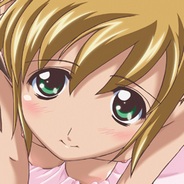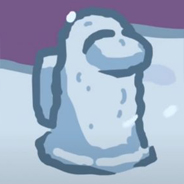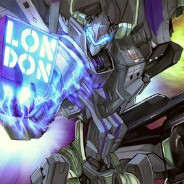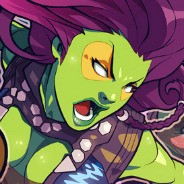In england about 93 per cent of children attend state school. the other 7 per cent attend private schools. a minority of these private schools are boarding schools where children live as well as study. private schools are very expensive. in britain it is cimpulory between the ages of 5 and 16 years to receive some officially recognised form of schooling. for younger childre, there are a few state kindergartens, some private kindergartens and a few "nursery classe"in ordinary schools. they are opional. primary school consists of a reception class, infant school and junior school. a reception class and infant school take a year. in junior school, pupils spend 5 years. at the age of five they go to infant schools where they learn first steps in reading, writing and using numbers. when children leave infant school, at the age of seven, at the age of seven, they go to junior schools until they are about eleven years of age. their school subjects include english, arithmetic, history, geography, nature study, swimming, music, art and organized games. at about 11 or 12 children move to a new school, usually a,,comprehensive" that accepts all the children from three or four neighbouring junior schools. changing to the "big" school is a great moment in life for them. at secondary schools want to develop the talents of each individual child. so they offer a wide choise of subjects, from art and craft, woodwork and domestic science to modern laguage, computer studies. there are no entrance examinations, all pupils move automatically to the next form at the end of the year. перевод текста
Ответы на вопрос:
в около 93% детей ходят в государственную школу. и остальные 7% в частные школы. небольшая часть этих частных школ являются школами-интернатами, в которых дети живут и учатся. частные школы стоят дорого.
в британии дети в возрасте от 5 до 16 лет обязаны получить какое-либо официальное образование. для детей младшего возраста существуют государственные детские сады, частные детские сады и классы для детей дошкольного возраста в обычных школах. их посещение опционально (на добровольной основе). в начальную школу входят подготовительный класс (или нулевой) и первая и вторая ступень начальной школы. подготовительный класс и первая ступень занимают год. на второй ступени ученики проводят 5 лет. в возрасте пяти лет они отправляются в первую ступень начальной школы, где они делают первые шаги на пути к изучению чтения, письма и исчисления.
когда дети оканчивают первую ступень начальной школы, в возрасте семи лет, в возрасте семи лет, они переходят во вторую ступень и продолжают учиться там примерно до одиннадцати лет. в школьные предметы входят , арифметика, , , природоведение, плавание, музыка, искусство и различные игры.
около 11 или 12 лет дети переходят в новую школу, «общеобразовательную», которая принимает всех детей из трех или четырех соседних начальных школ. переход во «взрослую» школу является важным моментов в их жизни. в средней школе развивают таланты каждого отдельного ребенка. поэтому они предлагают широкий выбор предметов, от прикладного и столярного искусства, домоводства до современных языков и информатики. при переходе нет никаких вступительных экзаменов, все ученики автоматически переходят в следующий класс в конце года.
Популярно: Английский язык
-
Write a short related text using the given words. Write at least 130 words. (5...
 milanali07.10.2022 10:10
milanali07.10.2022 10:10 -
6 Match the sentences. 1 You look sad, What s up? 2 How much memory does it have?...
 mwdep08pan27.05.2021 07:32
mwdep08pan27.05.2021 07:32 -
Task 2. Paraphrase or continue the sentences so that they have the same meaning....
 omtanya26.08.2021 22:15
omtanya26.08.2021 22:15 -
Match the words to the pictures KonnyecTBO CBA3Eň: 9 Celebrity LIM Lien BLACK Another...
 smailemail14.10.2021 15:32
smailemail14.10.2021 15:32 -
. How … hours are there in a day? a) much b) a lot of c) many 2. There … in the...
 TuyaChimitova17.04.2022 00:30
TuyaChimitova17.04.2022 00:30 -
дам 90!! балов Во Варианты ответов has locked locked have locked Во Варианты ответов...
 novoselovavita07.07.2021 17:16
novoselovavita07.07.2021 17:16 -
Оочень проверочная работа....
 bocmanlera12.02.2021 20:07
bocmanlera12.02.2021 20:07 -
Good morning, my friends. Today we continue to learn Reported questions. Please,...
 Nastya52147821.04.2023 13:28
Nastya52147821.04.2023 13:28 -
2a Answer the questions about your last weekend*. 1) Where did you go? 6) How long...
 elizavetaliza8929.01.2021 01:28
elizavetaliza8929.01.2021 01:28 -
Help......................
 Shnella01.10.2022 18:37
Shnella01.10.2022 18:37
